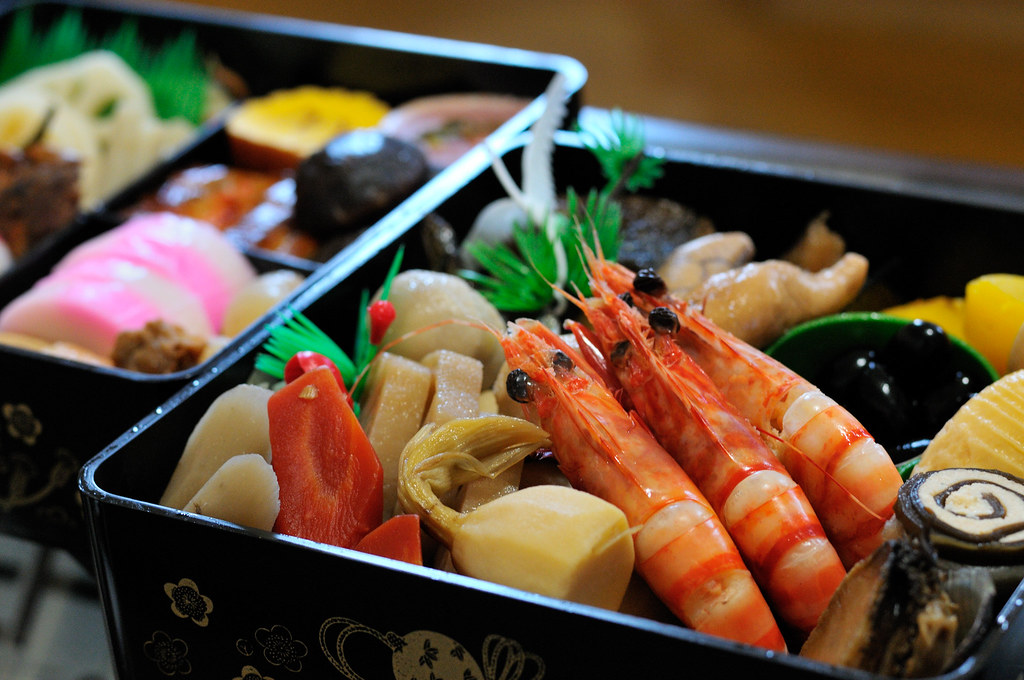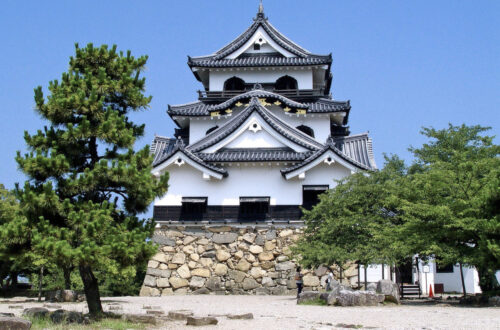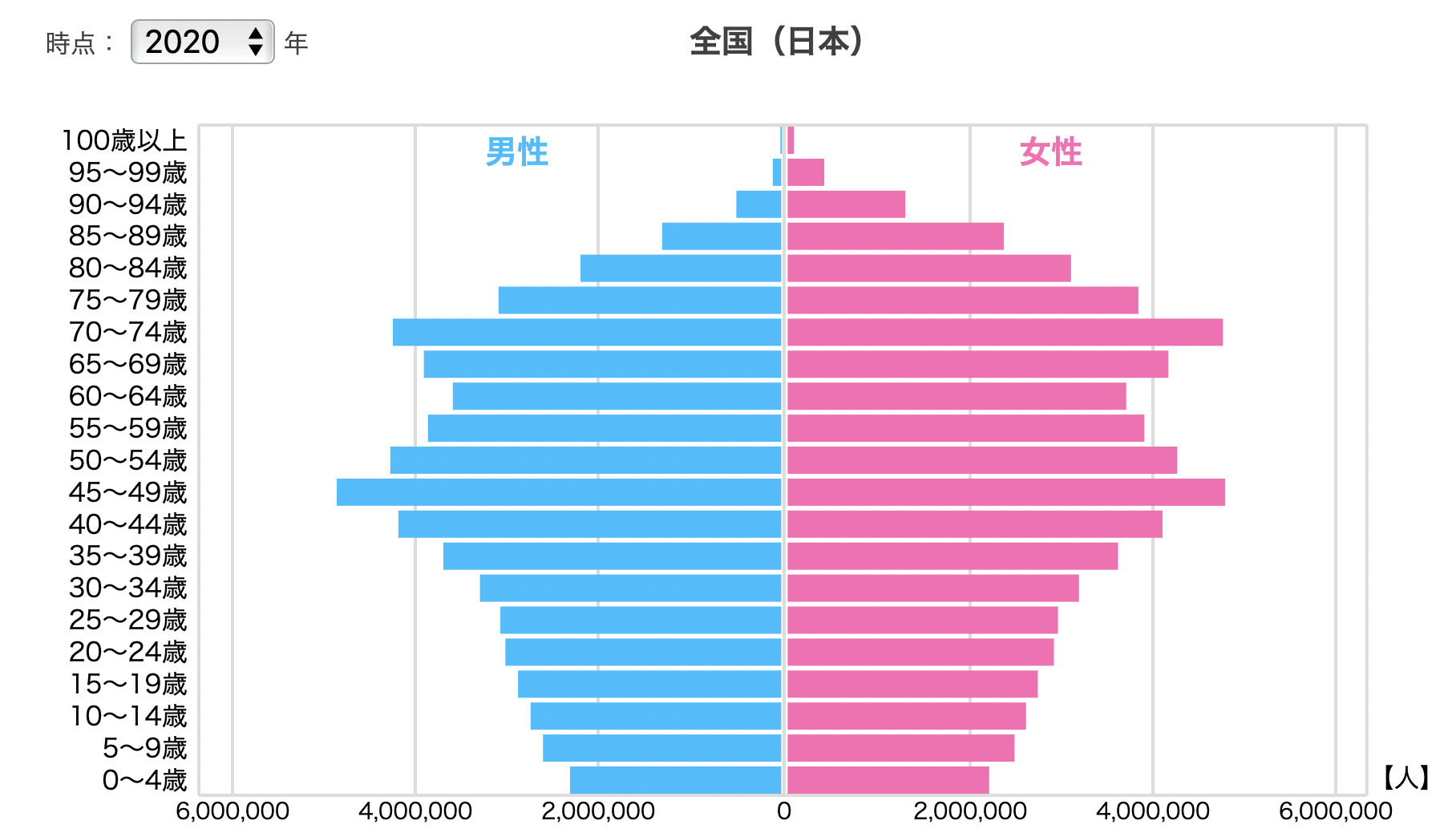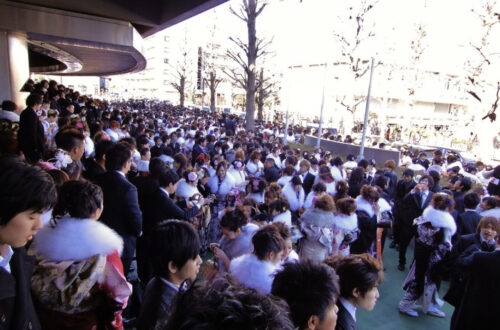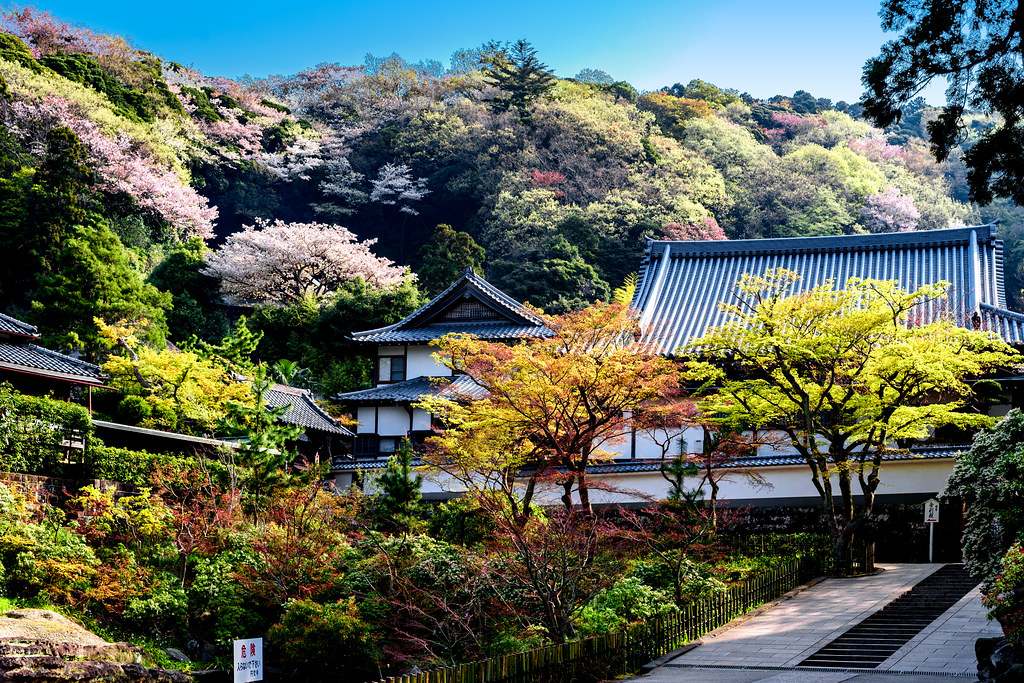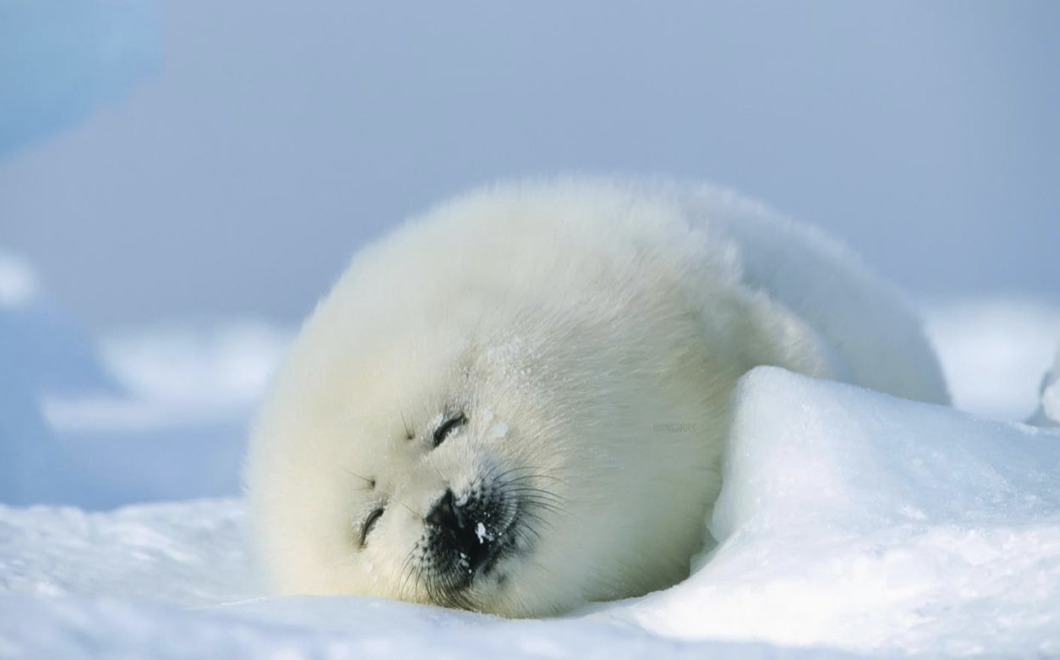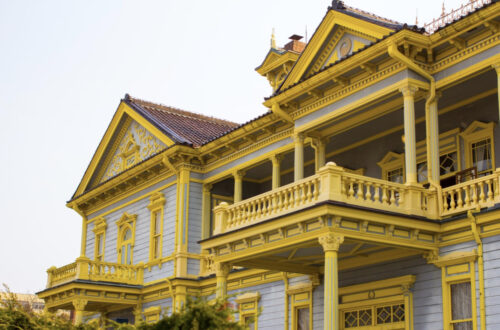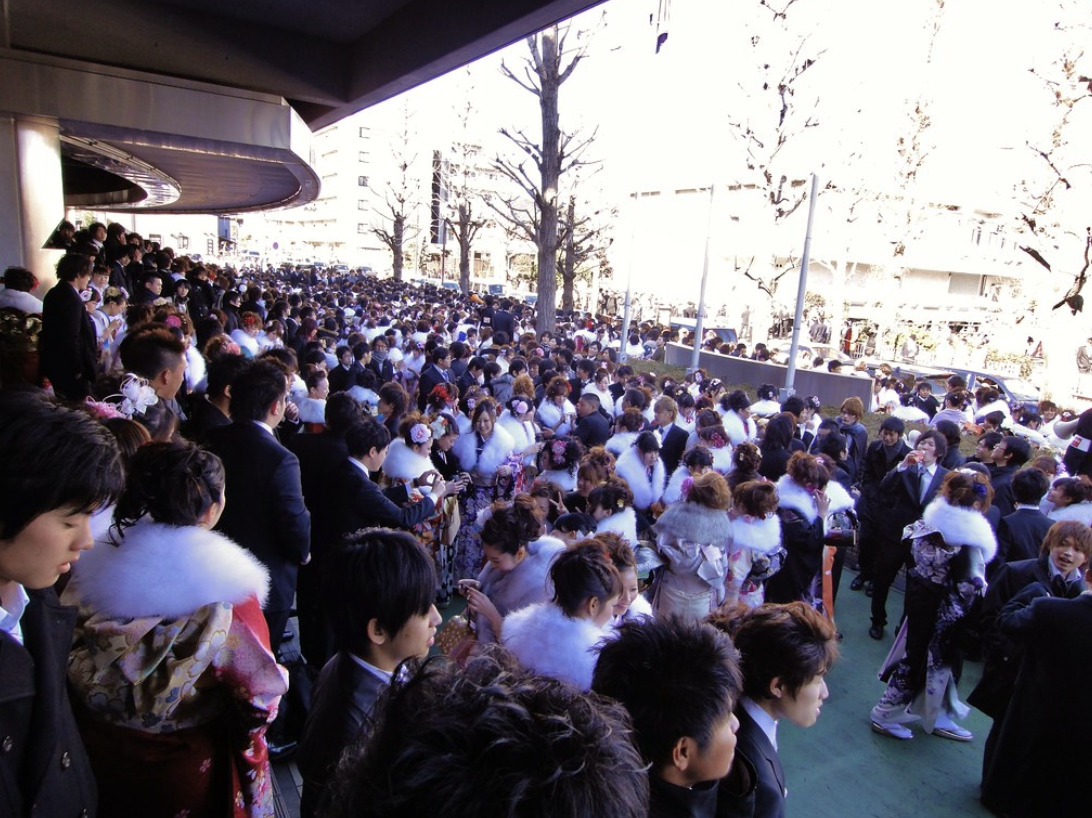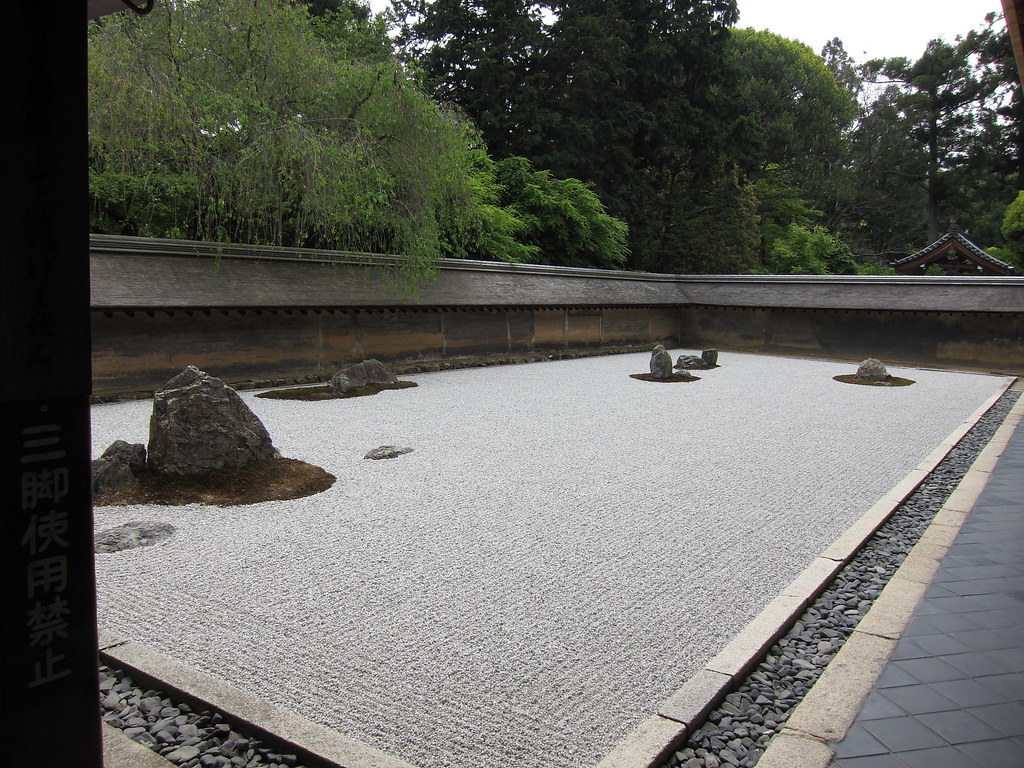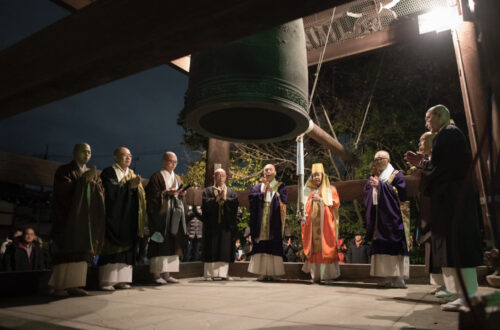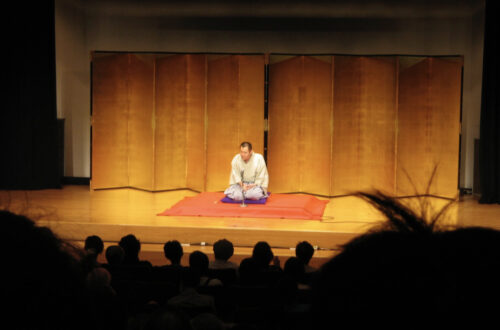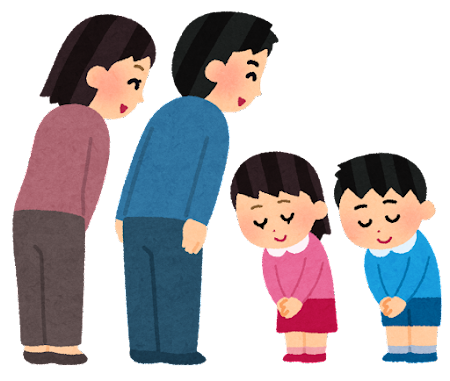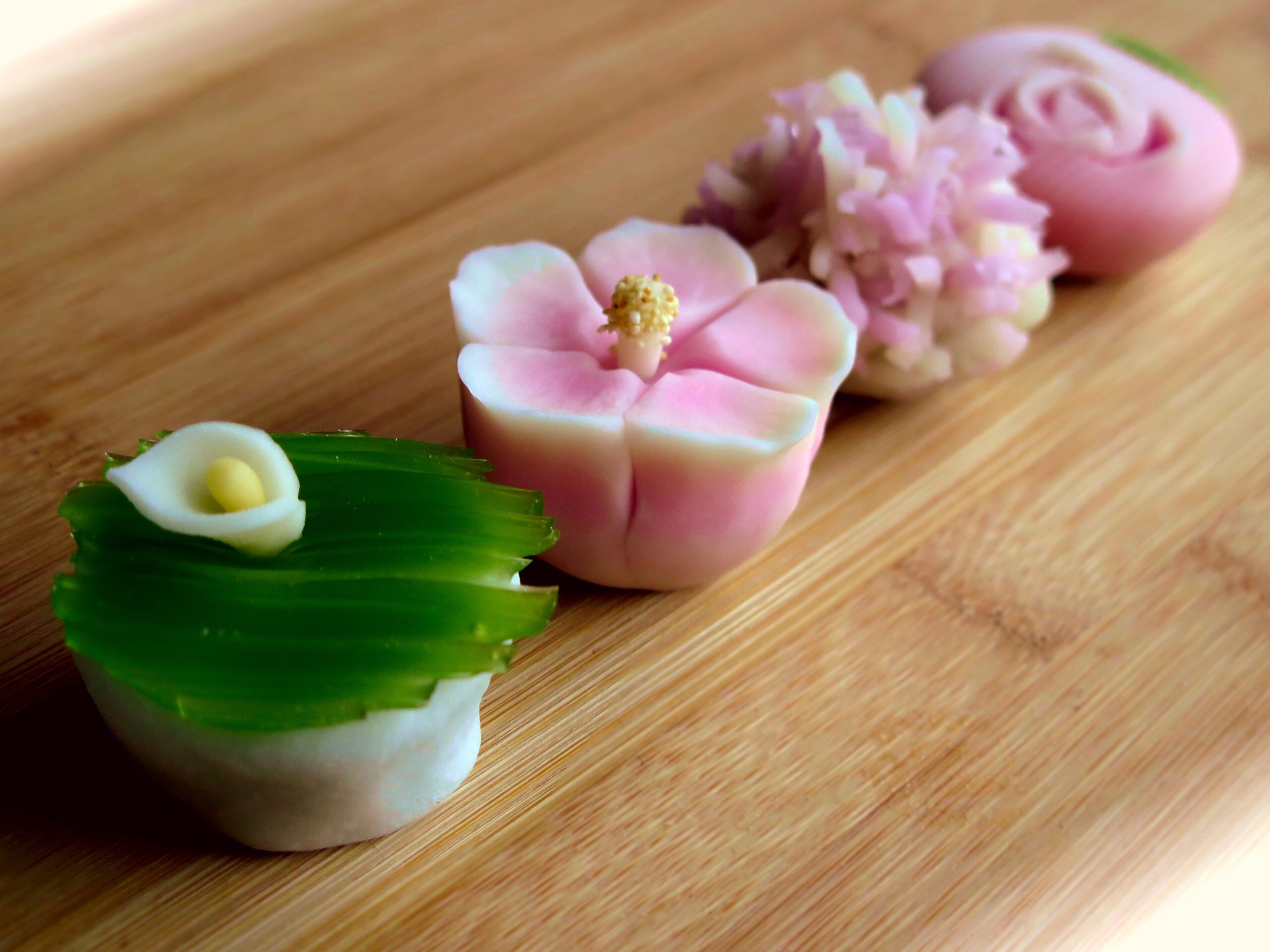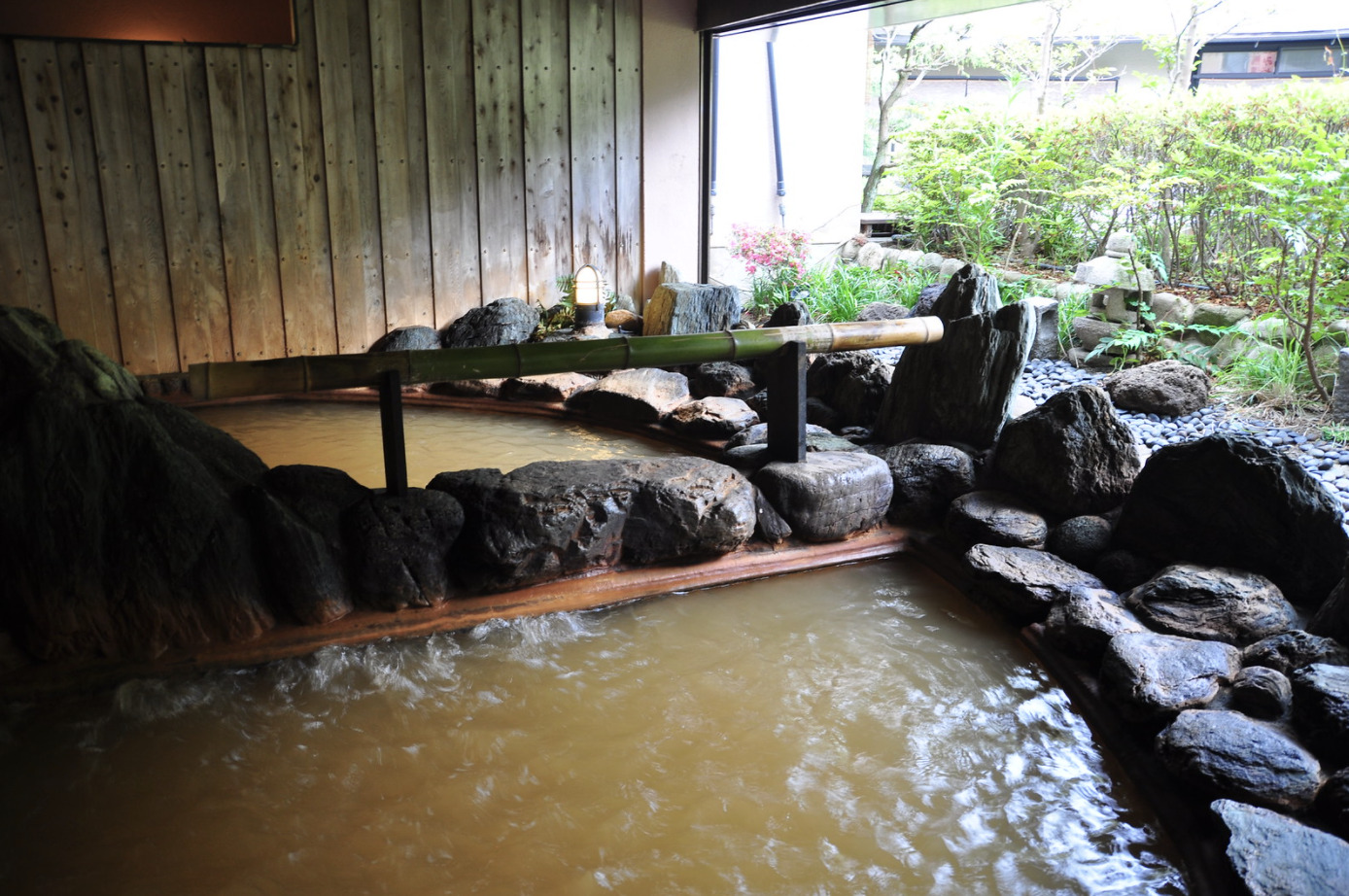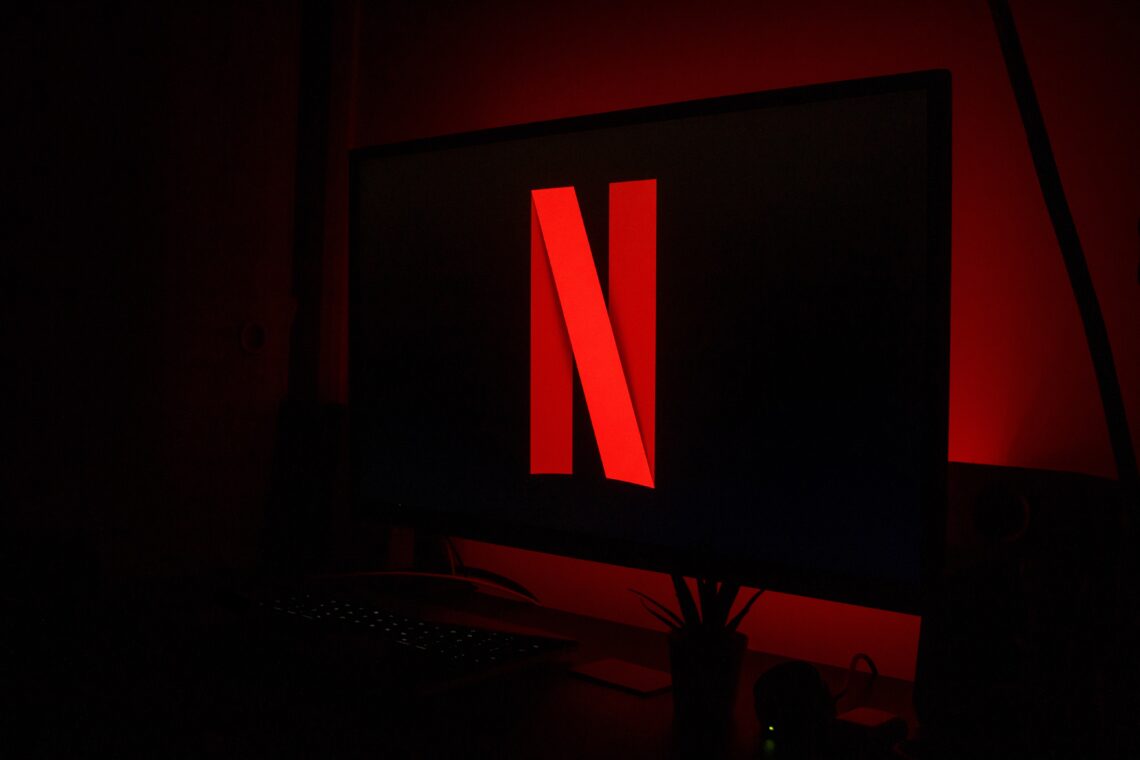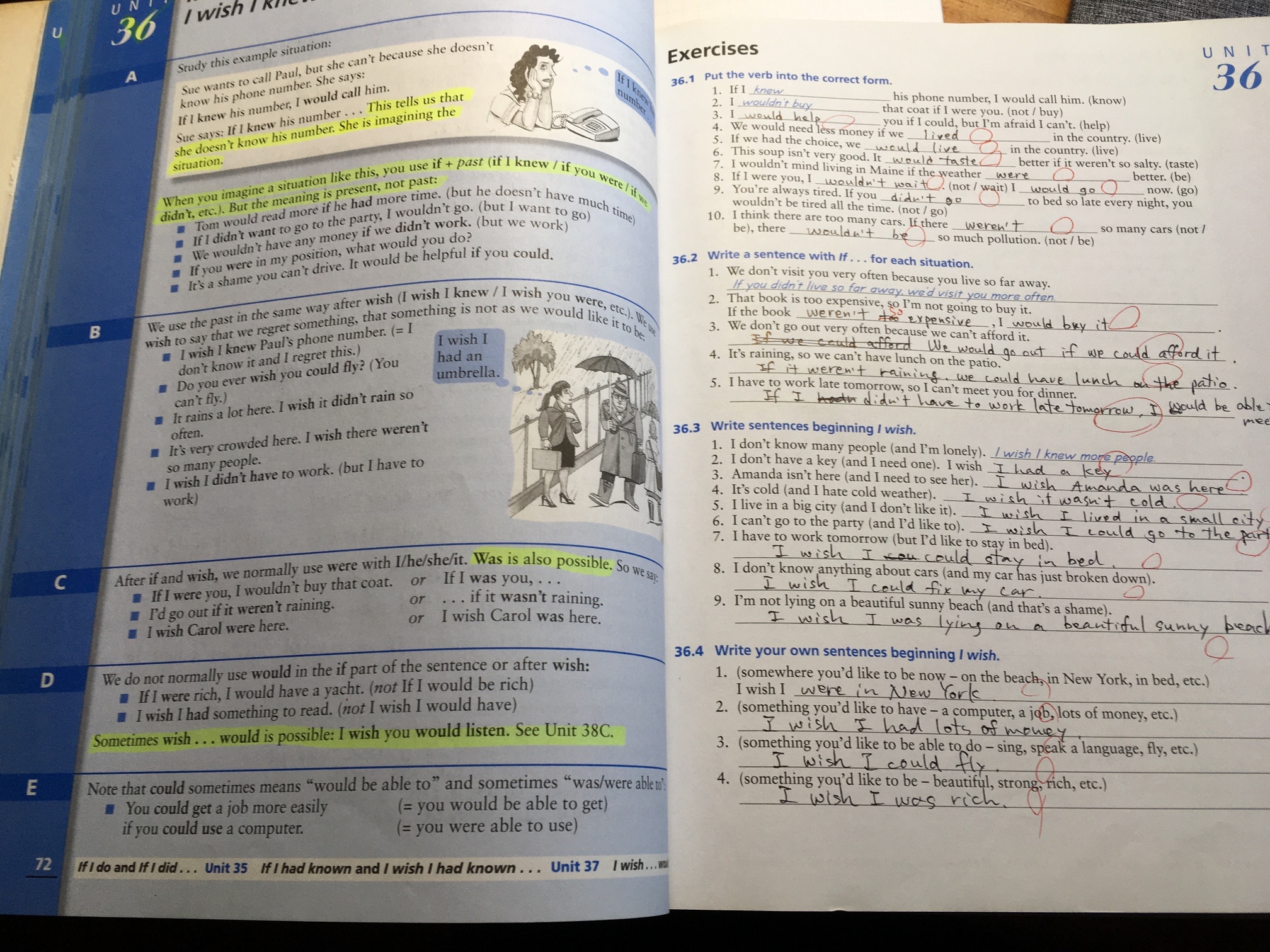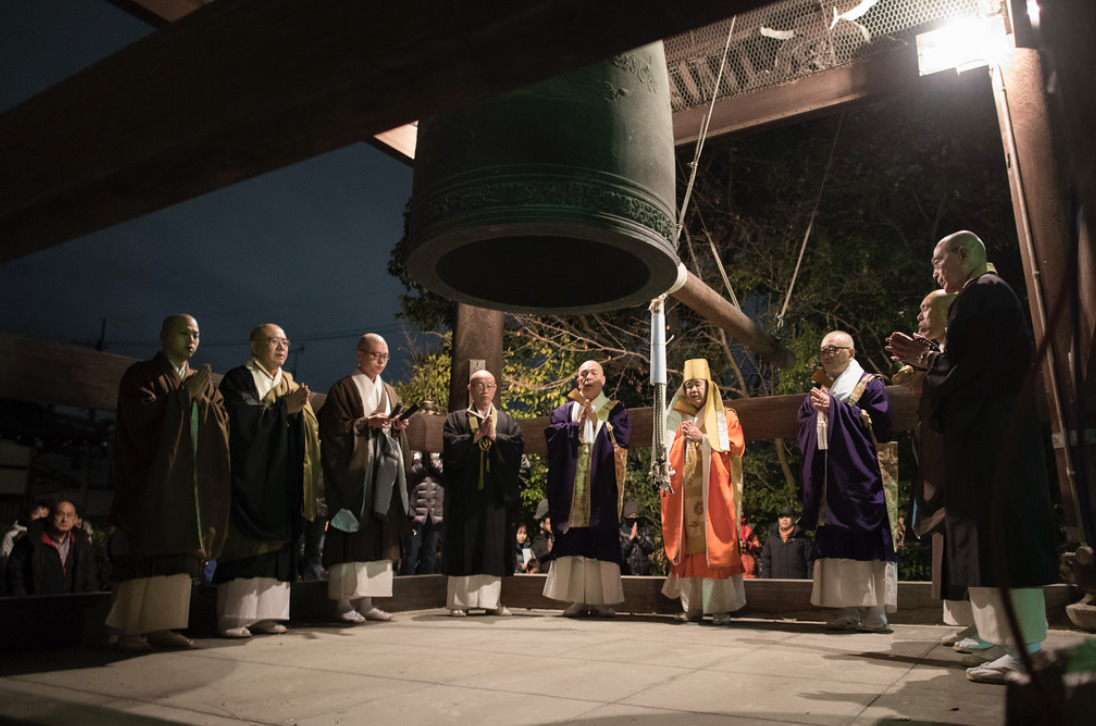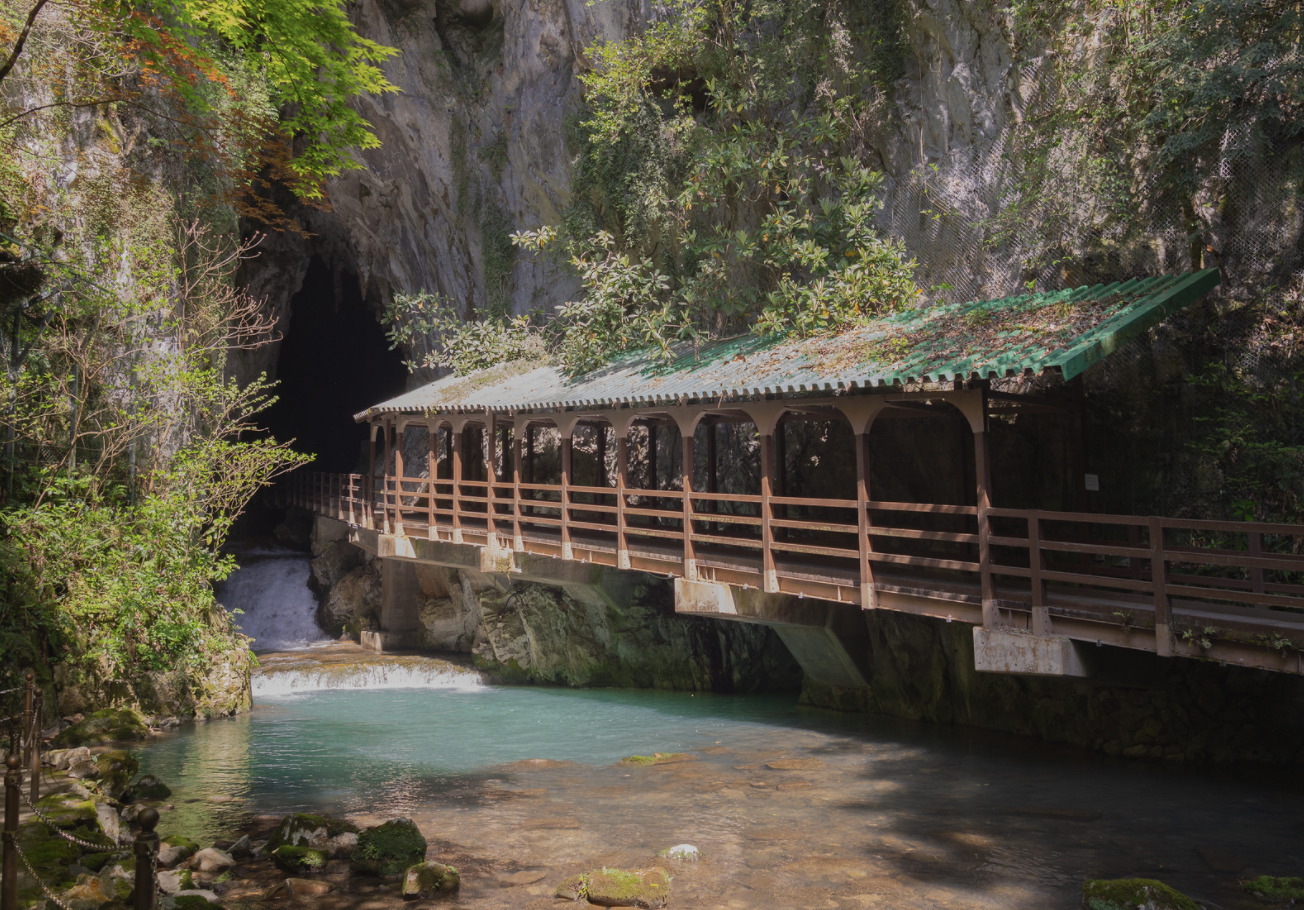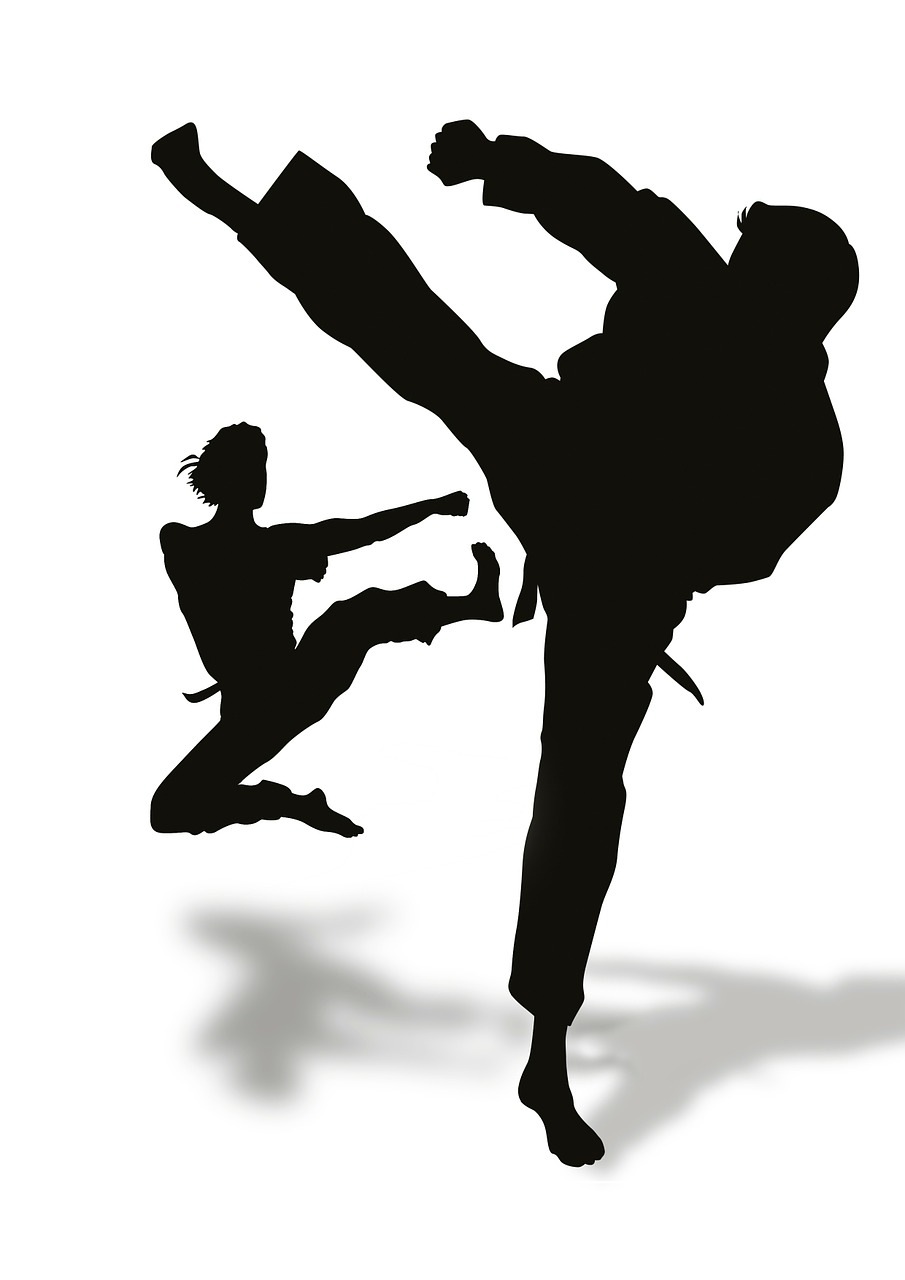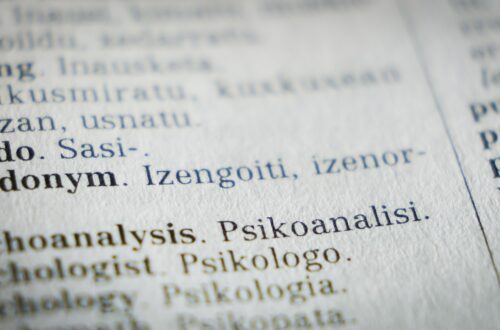-
Warabimochi (Bracken Rice Cake) わらび餅
Warabimochi, or bracken rice cake, is a simple looking Japanese confectionery made by adding sugar and water to warabiko, or bracken powder. It is eaten on its own, or sometimes with kinako (soybean flour) or kuromitsu (molasses), or with anko (sweet bean paste). It is made by mixing heated starch with sugar and water, then cooling and hardening the mixture, so the resulting warabimochi becomes translucent and pulpy, giving it a cool appearance. The history of warabimochi is very old, and it is said to have been the favorite food of Emperor Daigo, so it is thought that wrabimochi already existed in the Heian period (10-12th century). わらび餅は、わらび粉に砂糖と水を加えて作られるシンプルな見た目の和菓子です。そのままで食べるのはもちろん、きな粉や黒蜜をかけたり、あんこと一緒に食べることもあります。熱したでんぷんに砂糖と水を加えて混ぜ、それを冷やし固めて作るため、出来上がったわらび餅は、プルプルとした半透明の状態になり、見た目が涼しげな印象を与えることから、夏のお菓子として好まれています。わらび餅の歴史はとても古く、醍醐天皇の好物だったとも言われていることから、平安時代には、すでに存在していたと考えられます。
-
The Declining Birthrate 少子化
In Japan, the declining birthrate is a serious problem. The declining birthrate refers to the decrease in the number of infants under 15. The number of child births in 2020 was just over 840 thousand, hitting the worst records 5 years in a row. Currently, the number of children a woman in Japan gives birth to in her lifetime is 1.34 and continues to decline. Possible causes of the declining birthrate include the decreasing number of women who are becoming mothers and the increasing tendency to marry later in life. As social unrest caused by the new coronavirus spreads, there is concern that the birthrate will continue to decline. 日本では少子化が深刻な問題となっています。少子化とは15歳未満の幼年人口の割合が低下することを指します。2020年の出生数は84万人あまりで、5年連続で過去最高を記録しました。現在、日本の女性が生涯に産む子どもの数は1.34人と低下し続けています。少子化の原因として考えられていることは、母となる女性が減少していること、晩婚化が進行していることが挙げられます。新型コロナウィルスによる社会不安が広がる中、少子化がますます進行することが懸念されています。…
-
Drift Ice part2 流氷その2
Hokkaido is the lowest latitude place in the world where drift ice can be seen. The three main areas where you can see drift ice are Monbetsu, Abashiri, and Shiretoko, where there are many tourist facilities and activities. When the drift ice arrives, various wild animals also start to show their faces. You can see seals and Steller’s sea lions with their cute round bodies and round eyes, as well as white-tailed sea eagles and Steller’s sea eagles, both of which are national natural treasures. The clione (a type of sea-slug) known as the “angel of drift ice,” is another animal that can only be seen here. 北海道は世界で最も低い緯度で流氷が見られる場所です。流氷を見ることができる地域は紋別、網走、知床の3ヶ所が基本で、観光施設やアクティビティが充実しています。流氷がやってくると、さまざまな野生動物たちも顔を見せ始めます。丸い体にクリっとした目がキュートなアザラシやトド、国の天然記念物であるオジロワシ、オオワシなどを見られることも。また「流氷の天使」と呼ばれるクリオネも、ここでしか出会えない動物です。
-
The Coming of Age Ceremony 成人式
The second Monday of January is a national holiday called “Coming-of-Age Day”. On this day, local public bodies across Japan hold a ceremony called Seijin-shiki, or the coming of age ceremony. It is an event to celebrate young people who will reach the age of 20 within the fiscal year. Each municipality invites the head of the municipality and their mentor to congratulate them and present them with a memento. 1月の第2月曜日は「成人の日」という国民の祝日です。この日、または前日の日曜日に日本各地の地方公共団体が「成人式」という行事を開催します。成人式とは、年度内に満20歳となる若者を祝福する行事です。各自治体は、首長や恩師を招いて祝の言葉や記念品を贈ります。 国民の祝日に関する英語 国民の祝日は「国民の祝日に関する法律」で定められており、現在、年間16日あります。 月日 祝日 英語 1月1日 元旦 New Year’s Day 1月第2月曜日 成人の日 Coming-of-age Day 2月11日 建国記念の日 National Foundation Day 春分日 春分の日 Vernal Equinox Day 4月29日 昭和の日 Showa Day 5月3日 憲法記念日 Constitution Memorial Day 5月4日 みどりの日 Greenery Day 5月5日 こどもの日…
-
Drift Ice 流氷
Drift ice, a typical feature of Hokkaido. During February and March, the Sea of Okhotsk is filled with a fantastical silver world of drift ice. Drift ice is a mass of ice floating on the surface of the sea. The drift ice seen in Hokkaido is formed along the Siberian coast in the northwestern part of the Sea of Okhotsk, and moves southward with the monsoon and ocean currents from Siberia, arriving at the coast of the Sea of Okhotsk in Hokkaido. Fishing is no longer possible for humans when there is drift ice, but the ice floes stir up the entire ocean, pushing up nutrients from the sea floor.…
-
Bowing お辞儀
It is said that Japanese people started bowing around 500-800 years ago when Buddhism was introduced from China. In those days, bowing was a sign of status. For example, those who welcomed people of higher status would bow low to show that they were not a threat to them. Such scenes are often seen in historical movies and plays. In modern Japan, bowing is used in a variety of ways. It is a social skill that all Japanese people, from children to adults, must learn, as it is used to express gratitude, requests, congratulations, and apologies to others. 日本人がお辞儀をするようになったのは、中国から仏教が伝わった500-800年頃だといわれている。当時のお辞儀は身分の上下を表していた。たとえば身分の高い人々を迎える側は、自分が相手にとって脅威でないことを示すために、体位を低くして見せたという。こうした光景は、歴史ものの映画や演劇によく見られる。現代の日本では、お辞儀はさまざまな使われ方をされる。他人への感謝や依頼、祝辞、謝罪などの意味が込められているお辞儀は、子どもから大人まで日本人にとって必ず身につけるべき社会的素養とされている。
-
Netflixで英会話練習 Language Reactor
Netflixのドラマや映画を楽しんでいます。素晴らしい作品と出会うたびに字幕無しでもっと集中して作品に没頭してみたいと思います。でもこれがなかなか難しい。 作品自体は多くの視聴者を楽しませることを想定してつくられているので、基本的に誰にでも分かりやすく進行しているはずです。 理解を阻害しているのは、会話で使われる表現(話し言葉)と音、そしてスピードだと思います。本や記事なら自分のペースで調べながら読めるのですが、会話は相手があることなのでそうはいきません。私は日本語の会話でものんびりな方なので英語だとなおさらついていけません。 会話は身体的な能力なので(と思っています)、運動が苦手な私は自分にできる範囲で無理なく練習をすることが大切と思います。英会話は筋トレ!(違う?) さて、Netflixで英会話の筋トレをするのに最適な拡張機能があります。Language Reactor です。現在のところGoogle Chromeで使用することができます(FIREFOX と EDGE 版も準備中のようです)。ちなみにお金はかかりません。 Language Reactor をGoogle Chromeの拡張機能に追加します。 Language Reactor を追加してNetflixを見るとこのようになります。 右側のウィンドウには英語の字幕が全部出ます。繰り返し聴きたいところはクリックして何度も聴けます。字幕をスクロールして聴きたいところをすぐに探すこともできます。とても便利! さらに便利なのは「AP」をオンにしておくことで、字幕ごとに自動的に止まってくれることです。ひとつひとつ丁寧に確認したい時に重宝します。 再生スピードなど細かい設定もできます。 このような技術とサービスが利用できるなんて良い時代になったと思います。映画1本をまるまる見ると時間がかかるので、1話の短いシットコムがおすすめです。FRIENDSやTHE BIGBAN THEORY、HOW I MET YOUR MOTHER などのコメディは1話が20数分程度ですし、気の利いた表現を学べます。 YouTubeでも多くの方が Language Reactor の紹介動画を投稿しているので興味のある方はご覧ください。
-
Temple Bell on New Year’s Eve 除夜の鐘
On the night of New Year’s Eve, Buddhist temples ring the New Year’s bell. According to the teachings of Buddhism, human beings have 108 vexations. In order to purge these vexations and welcome the New Year with a pure heart, the bells are rung from around 11:45 pm on New Year’s Eve to the New Year. At famous temples around the country, such as Hase Temple in Kamakura City and Shinshoji Temple in Narita City, there is a rush of people wishing to ring the bell, and numbered tickets are given out. 大晦日の夜、仏教寺院では除夜の鐘をつきます。仏教の教えでは、人間には108の煩悩があります。その煩悩を祓い、清い気持ちで新年を迎えるために、大晦日の夜11時45分ころから新年にかけて鐘をつきます。鎌倉市の長谷寺や成田市の新勝寺など、各地の有名なお寺では、鐘をつくための希望者が殺到し、整理券が配られます。
-
ワクチン Vaccine
Merriam-Websterによるword of the year 2021は「Vaccine」でした。 Merriam-Websterによると「vaccine」の語源は、ラテン語で cow(牛)を表す「vacca」。これは small pox(天然痘)に対する予防接種としてcow pox(牛痘)が使用されたことに由来します。 この牛痘接種法は、18世紀末にイギリスのエドワード・ジェンナーが開発し、日本にも19世紀半ばには輸入され、大阪適塾の緒方洪庵とその門下生たちが全国に広めたことが知られています。 新型コロナウィルス感染症に対してもワクチンの開発が急ピッチで進められてきました。 しかし、このワクチンはメッセンジャーRNA(mRNA)というgenetic material(遺伝物質)を人体に投与するワクチンであるということで、ワクチン投与に不安を感じている人も多いです。厚生労働省では新型コロナワクチンに対する不安を解消するためのPRを行っています。 World Health Organization(世界保健機関)のサイトを見ると、12月29日時点で44億6千200万人以上の人が「少なくとも1回以上接種を行った」とされています。 累積感染者数は約2億8千2百万人、死者は540万人を超えています。アフリカ大陸のほぼ全域と西アジアの一部などはワクチン接種があまり進んでいない様子がよく分かります。唯一(?)北朝鮮がデータ無しなのが怖いですね。 The word of the year 2021 by Merriam-Webster was “Vaccine”. According to Merriam-Webster, the word “vaccine” comes from the Latin word “vacca,” which means cow because cow pox was used as an inoculation against small pox. This method of cowpox inoculation was developed by Edward Jenner in England at the end of the 18th century, imported to Japan in the mid-19th century, and spread nationwide by Ogata Koan and his students at Osaka Tekijuku. The development of vaccines against new coronavirus infections has been proceeding at a rapid pace. However, many people…
-
I wish you a healthy and happy new year 2022!
Last year was a year of many challenges for me in terms of the National Guide Interpreter Examination and my work. I’m going to work hard again this year! Here is the New Year Message from Their Majesties the Emperor and Empress.



